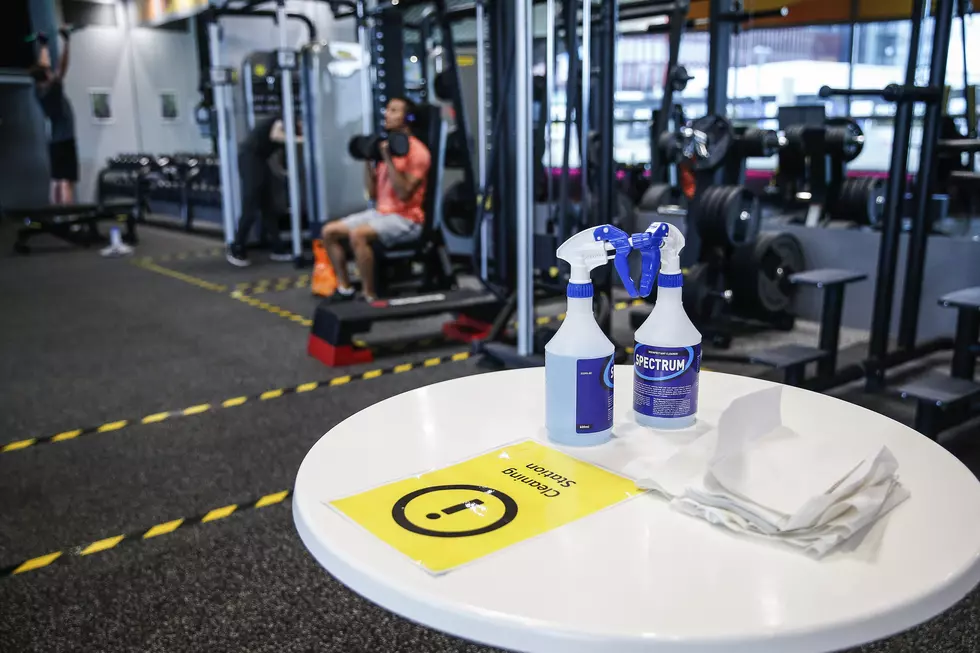
Connecticut Fitness Alliance Fights to Keep Gyms Open During COVID-19 Recovery
As Connecticut eases COVID-19 restrictions, the chair of the Connecticut Fitness Alliance warns of an ongoing physical and mental health crisis from the effects of mass quarantine and emphasizes the importance of keeping fitness centers open to support the state’s return to wellness.
On March 19, Gov. Ned Lamont eliminated all capacity limits for certain local businesses, including fitness centers. Though the state’s economy is slowly recovering following the loss of 122,500 jobs in 2020, Greta Wagner expressed concerns of a growing health crisis as a result of people “leading a sedentary life for the past 12 months.” Wagner is the chair of a coalition of gyms from across the state that have assembled to support their industry amidst the pandemic.

While strengthening the U.S. economy and dealing with the COVID-19 outbreak are among the top public priorities according to a poll from the Pew Research Center, recent statistics from the U.S. Census Bureau show that a decline in mental health is an additional issue of prevalence during the pandemic. In a study from Feb. 3 to Feb. 9, nearly half of the adults in the state of Connecticut (40.2%) reported symptoms of anxiety or depression, compared to 39.2% on a national level.
According to Wagner, keeping the fitness industry “viable and alive” will help in the physical and mental recovery of the U.S. population. Through the effort of supporting the reopening, relief, and recovery of gyms, the Alliance is aiming to maintain that goal.
“The fitness industry not only promotes physical health, but also mental health,” said Wagner. “We are an essential business of this recovery.”
The health benefits of the gym industry are supported by a study published in 2020 that points to a correlation between fitness and mental health. As per MedicalNewsToday, “participants who were classified as having low combined cardiorespiratory fitness and muscle strength had 98% higher odds of experiencing depression and 60% higher odds of experiencing anxiety.”
The movement to support financially impacted fitness centers began with the formation of the National Fitness and Health Alliance, a sub-group of the International Health, Racquet & Sportsclub Association. As other industries gained assistance in Congress, the organization lobbied on the national level for support before starting State Alliances and a grassroot movement to assist in the effort.
As per the IHRSA website, the NFHA and the Connecticut Alliance are currently lobbying for support in Congress to pass the GYMS Act, federal legislation that “will establish a recovery fund to provide structured relief to health and fitness service establishments that have been uniquely hurt by the COVID-19 pandemic.”
According to the organization’s website, Connecticut’s Alliance provides local businesses “and professionals with a statewide platform for networking and cooperation, leadership on advocacy issues, professional development, and training resources.” The organization comprises “more than 650 facilities” across the state, as reported by the Associated Press.
Following the industry shutdown in 2020, Wagner said that the recovery of fitness centers across the state will be a “long-term process.” Based on data from the IHRSA, 17% of fitness clubs and studios in the U.S. have been closed and 44% of staff members lost their jobs. Additionally, the total industry revenue decreased by 58% (from $35 billion in 2019 to $15 billion in 2020).
As nearly a dozen of facilities joined the pact within the first couple of weeks, however, the coalition’s chair reaffirmed that the fitness industry is “stronger together than alone.”
“We hope more clubs will come on board as they have in states that were first to form Alliances,” said Wagner.
READ MORE: See how some companies are changing their businesses to combat COVID-19
More From WRKI and WINE









